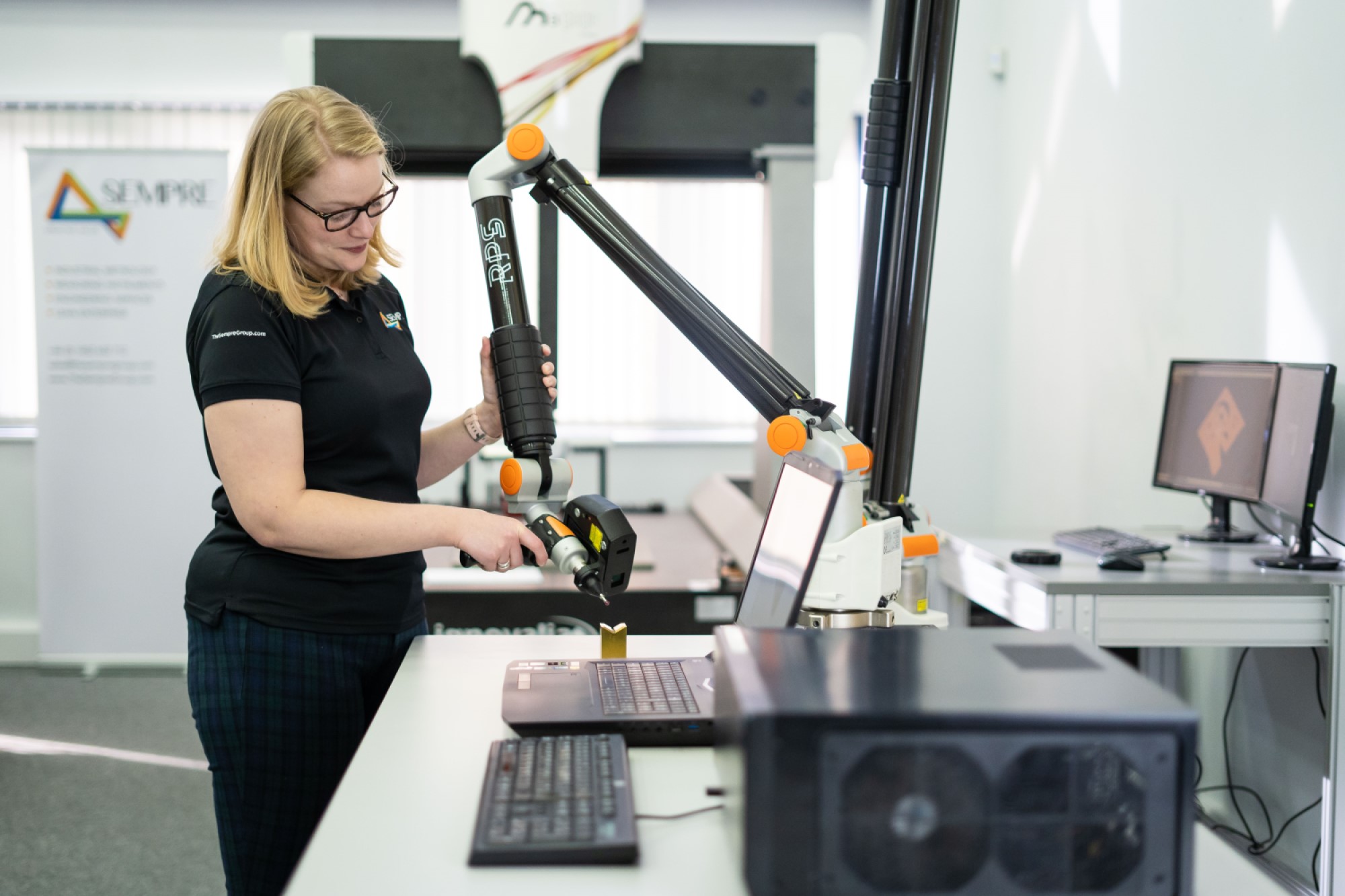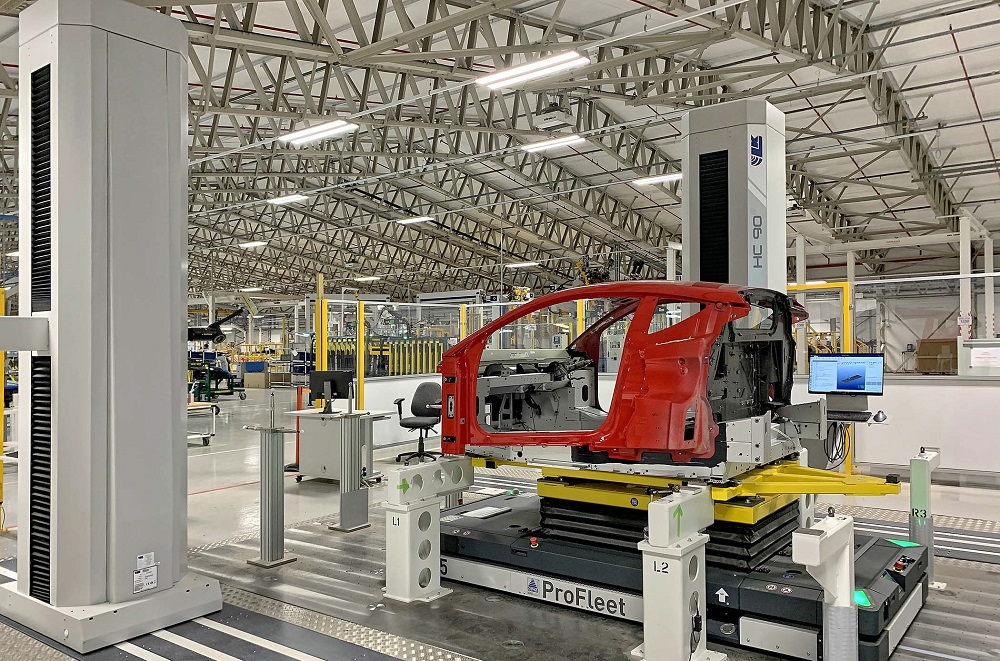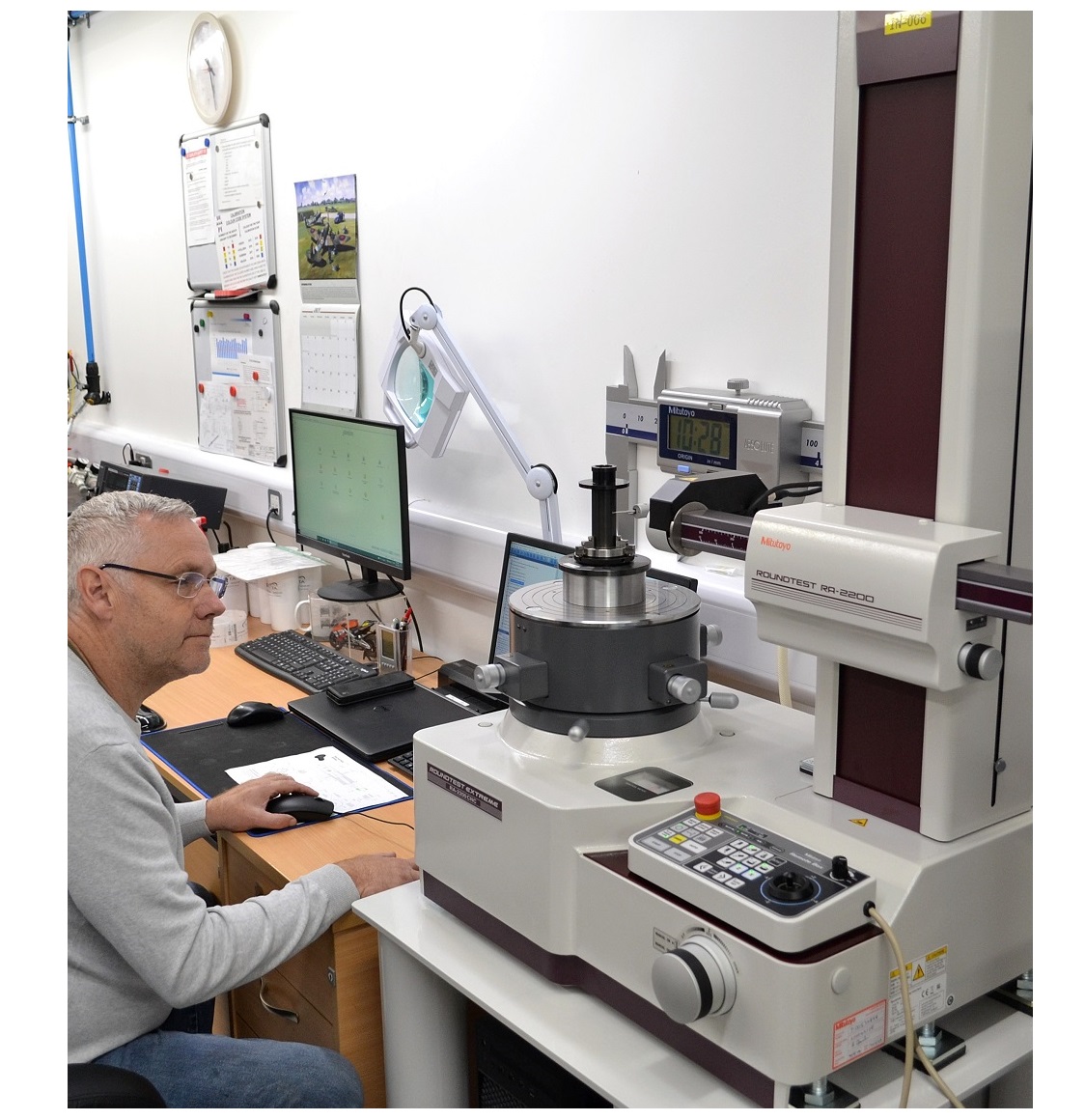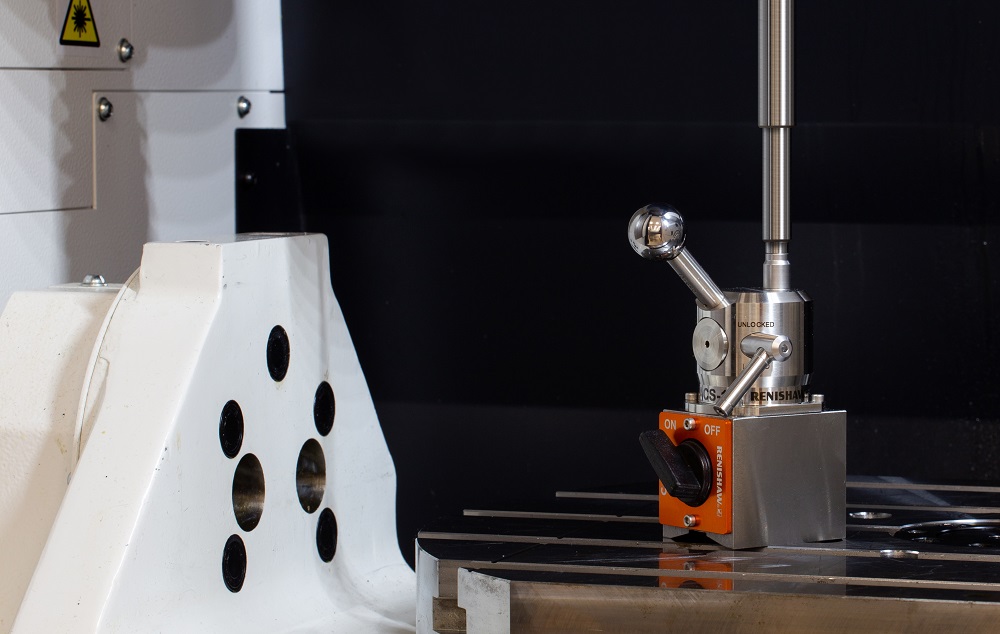Faro has released its new VantageS6 Max and VantageE6 Max laser tracker series. The new laser trackers offer comprehensive, large-volume 3D measurement up to 80 m, streamlining processes and reducing inspection cycle times while ensuring confidence in the results.
The new Vantage Max enables organisations to increase their throughput while maintaining high inspection accuracy with an attractive 3D metrology option that expands upon the proven track record of the Faro Vantage series. These new trackers maximise 6DoF measurement capabilities via the optional 6Probe, enabling precise measurement of hidden areas and small features.
Faro’s 6Probe meets the dynamic measurement, speed and accuracy requirements of the most challenging industrial applications. With kinematic self-identifying styli, users can change probing tips quickly and measure without any recalibration, and measure hidden areas outside of the tracker’s line of sight with wide acceptance angles.
Moreover, the new Vantage Max provides more accurate 6DoF probing that helps speed up inspections and reduce the number of tooling changes and device moves. Previously, users relied on a spherically mounted retroreflector (SMR) to measure high accuracy points. In order to take these measurements, the user had to select an appropriate target nest and have line of sight. Typical users of the new trackers can now save up to 60 minutes each workday, says Faro.
“With the higher accuracy of the Vantage Max, users can probe more points beyond the line of sight, using an SMR only for alignment points and ultra-precision measurements,” says Leo Martinez, Faro product marketing manager. “This results in a significant productivity improvement of 20% compared to lower accuracy probes.”
For further information www.faro.com


















